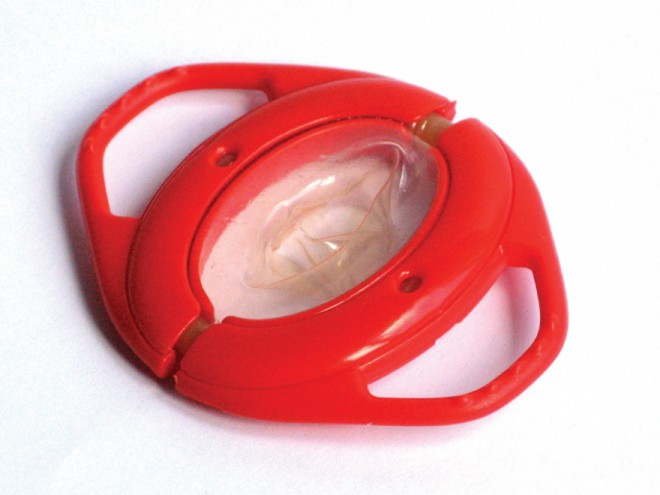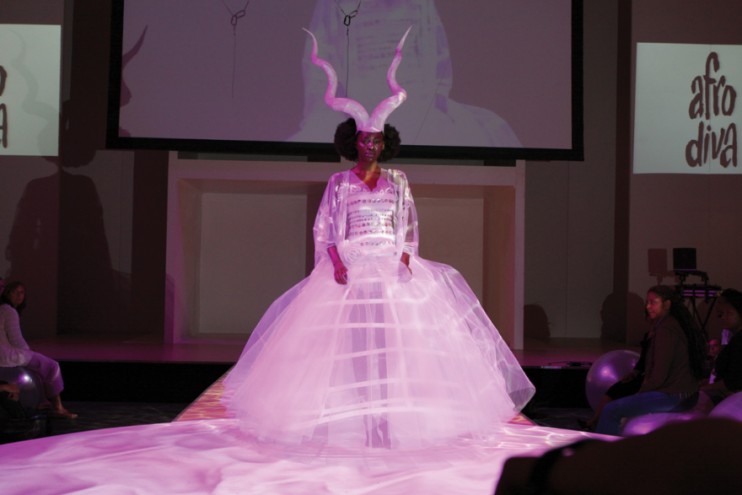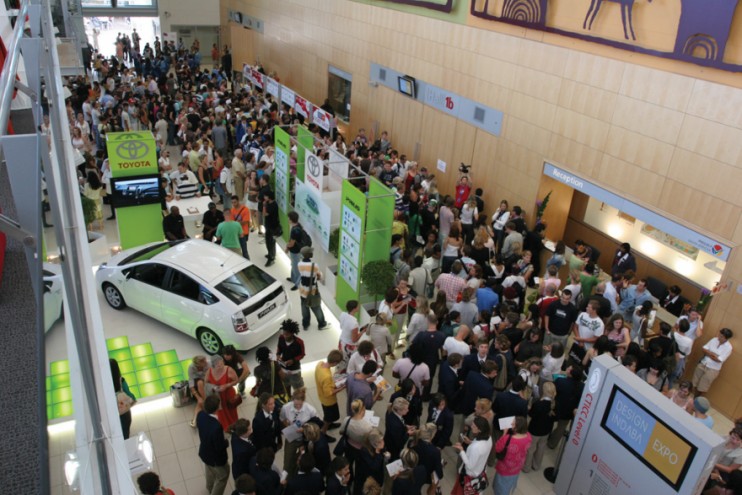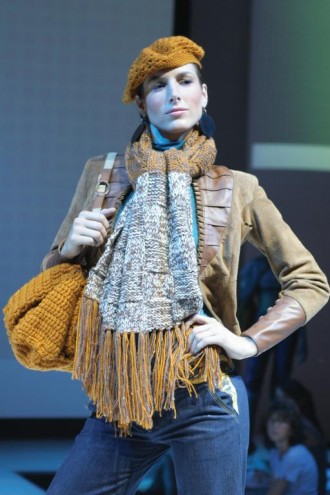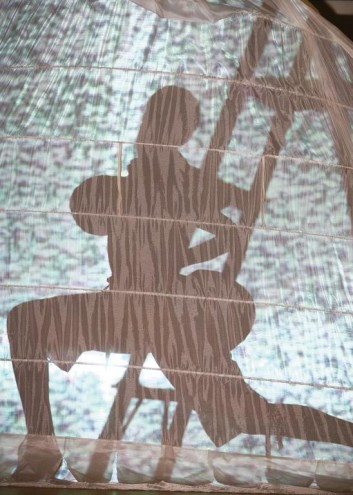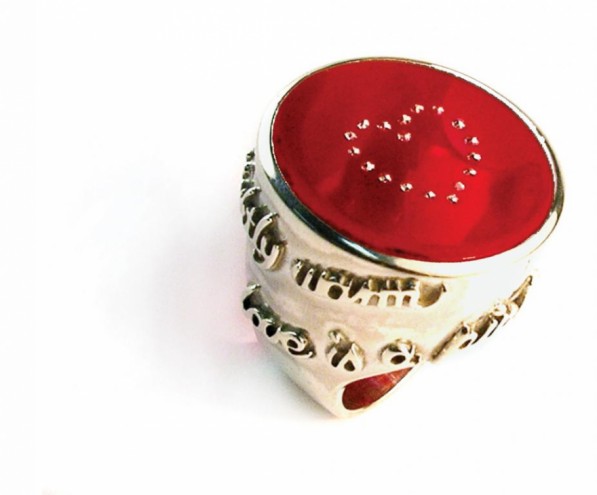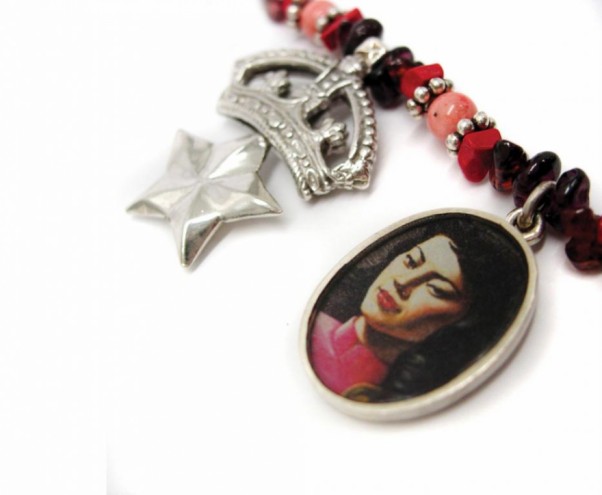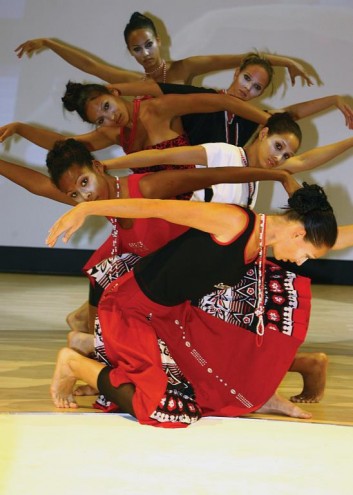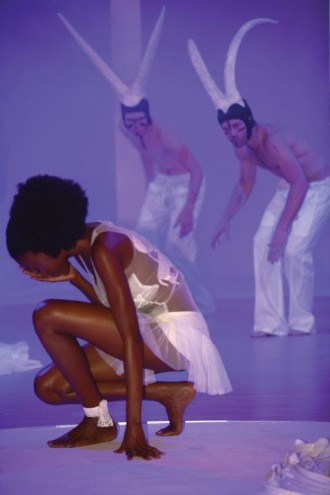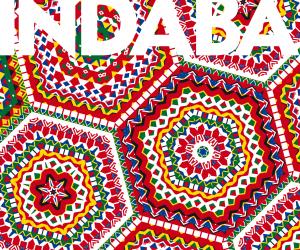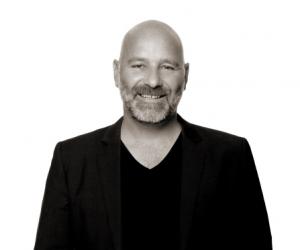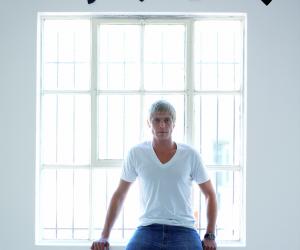First Published in
This year's overseas attendance was a huge increase on the 27 foreign buyers registered in 2006.
Overseas buyers represented major brands such as Artek, The Gap, Benetton, Conran, Wal-Mart and Anthropology (which has 90 US stores). In addition, smaller, specialist outlets such as Rainbow Gallery and Aviarium in Germany, Zidel Technical in Canada, Rubinette in Sweden and Out of Africa in Spain were also represented.
Seventeen of the international buyers were brought out by the Department of Trade and Industry (the dti), which sponsored 10 buyers last year and five in 2005.
The dti-sponsored buyers represented companies such as Carpenter & Company and Amaridian Gallery from New York; Germany's Ludwig Beck and Arts interior; and Japan's Marubeni Fashion Link, Jun Co and Tokyo Kan. From Norway, Isandi. And from the UK, Adila and Purves Two Ltd. The dti also sponsored representatives of the SA Consulate General in the USA and the SA Embassy in Tokyo. "The response was overwhelming and a clear indicator that South Africa is being taken seriously as a buying destination, particularly as many of the buyers travelled here at their own expense," said Expo content manager Lauren Shantall.
Expo jewellery curator and buyer Jennifer Fair helped source designs with Fraser Conlon, of New York's Amaridian Gallery. Amaridian offers contemporary sub-Saharan paintings, photography, sculpture, ceramics, and one-of-a-kind furniture.
"The Expo is a fantastic opportunity for international buyers to meet the designers and see the products beautifully displayed," said Jennifer. "It's also great to see new designers and products that are out there. Designers have a goal to work towards the Indaba and then to present the work in a complete way. Work takes on a new light when beautifully displayed on a stand. The Design Indaba Expo has come of age, it feels grownup in size."
Jennifer's advice to new exhibitors is this:
"Much depends on how you present your product, such as sending your marketing material to the buyers and suggesting they see you when they come here. Buyers also want to know that you will be around for a while; they want certainty that they will get the product, and get it on time. If they place a large order and someone doesn't supply it, they are taking quite a big risk. It can take two to three years to get established, and designers have got to be prepared to stick in there."
It was interesting to note that at least two designers said they were now turning to outsourcing (to manufacture their products), said Jennifer, which she viewed as a positive trend.
Patti Carpenter, who's a designer and buyer and works with International Aid to Artisans, described the show as "innovative, creative and inspiring."
She had already viewed some of the products at the New York Gift Show and it was "wonderful to see them in their local environment".
She commented on the mix of goods, unlike the New York trade shows that focus on a particular design sector such as accessories. There was sometimes conflict between the designer wanting to discuss a deal with the buyer, while simultaneously selling to passers-by. The fashion shows and films on stage added to the great mix of happenings. Like other buyers, she noted the need for educating suppliers on the importance of consolidation and shipping costs. "We need to know how much we should be adding for consolidating and shipping; this can potentially be a stumbling block because South African products are beautiful but not inexpensive."
Eugénie Drakes, owner of ‘piece' stores in Johannesburg, added that a number of exhibitors were inexperienced in appropriate pricing, which is critical to sustainable business. Her suggestions included pre-show workshops to address details such as pricing, and more time set aside for trade buyers only.
Kjersti Lie Holtar is CEO of Isandi (‘echo' in Xhosa) and has a shop, offices and showroom in Oslo where she stocks work by South African designers such as Haldane Martin, Heath Nash, Kunye, Monkeybiz, Zenzulu – who were all exhibiting at the Indaba.
Kjersti lived in Namibia for many years, working in development aid and cultural exchange. She met many experienced craftswomen on field trips, "but history and other factors meant their knowledge and skills were not acknowledged. Most development aid is problem orientated, which actually doesn't solve this challenge
of acknowledgement, so I thought of looking for another approach, searching for possibilities instead."
Seven years later Kjersti sources from over 30 suppliers and signed on at least five more at the 2007 Expo. Last year she travelled independently to the Expo with three staff members, and the dti sponsored her this year. "Cape Town, and South Africa in general, reminds me of Berlin when the wall came down – it's a city of innovation and a fresh look at things."
Kjersti's practical tips for exhibitors included the following pointers:
- Exports: Businesses need to become more export-ready: "It is a lengthy process and people are struggling with bureaucracy. They need assistance to make sure it goes smoothly."
- Environment: European consumers are hugely sensitive to the environment and products in this market must be tested and approved to meet stringent criteria if these markets are to be properly explored. This especially applies to products for children.
- Packaging: Export goods need to be cost-effectively packaged; possibly designers could help develop packaging that protects products while also bringing down freight costs that are "too high compared with Asia".
- Downsizing and compact living: Many South Africans enjoy spacious homes, but overseas homes are an average 70m2 and not more than 100m2. Design accordingly.
Shantall said that Design Indaba would be tracking orders from exhibitors post-Indaba, after six months, and after 12 months to gauge the value of orders placed at the Expo. There would also be co-operation with the dti, which had expressed its endorsement of the event.
This year's overseas attendance was a huge increase on the 27 foreign buyers registered in 2006.
Overseas buyers represented major brands such as Artek, The Gap, Benetton, Conran, Wal-Mart and Anthropology (which has 90 US stores). In addition, smaller, specialist outlets such as Rainbow Gallery and Aviarium in Germany, Zidel Technical in Canada, Rubinette in Sweden and Out of Africa in Spain were also represented.
Seventeen of the international buyers were brought out by the Department of Trade and Industry (the dti), which sponsored 10 buyers last year and five in 2005.
The dti-sponsored buyers represented companies such as Carpenter & Company and Amaridian Gallery from New York; Germany's Ludwig Beck and Arts interior; and Japan's Marubeni Fashion Link, Jun Co and Tokyo Kan. From Norway, Isandi. And from the UK, Adila and Purves Two Ltd. The dti also sponsored representatives of the SA Consulate General in the USA and the SA Embassy in Tokyo. "The response was overwhelming and a clear indicator that South Africa is being taken seriously as a buying destination, particularly as many of the buyers travelled here at their own expense," said Expo content manager Lauren Shantall.
Expo jewellery curator and buyer Jennifer Fair helped source designs with Fraser Conlon, of New York's Amaridian Gallery. Amaridian offers contemporary sub-Saharan paintings, photography, sculpture, ceramics, and one-of-a-kind furniture.
"The Expo is a fantastic opportunity for international buyers to meet the designers and see the products beautifully displayed," said Jennifer. "It's also great to see new designers and products that are out there. Designers have a goal to work towards the Indaba and then to present the work in a complete way. Work takes on a new light when beautifully displayed on a stand. The Design Indaba Expo has come of age, it feels grownup in size."
Jennifer's advice to new exhibitors is this:
"Much depends on how you present your product, such as sending your marketing material to the buyers and suggesting they see you when they come here. Buyers also want to know that you will be around for a while; they want certainty that they will get the product, and get it on time. If they place a large order and someone doesn't supply it, they are taking quite a big risk. It can take two to three years to get established, and designers have got to be prepared to stick in there."
It was interesting to note that at least two designers said they were now turning to outsourcing (to manufacture their products), said Jennifer, which she viewed as a positive trend.
Patti Carpenter, who's a designer and buyer and works with International Aid to Artisans, described the show as "innovative, creative and inspiring."
She had already viewed some of the products at the New York Gift Show and it was "wonderful to see them in their local environment".
She commented on the mix of goods, unlike the New York trade shows that focus on a particular design sector such as accessories. There was sometimes conflict between the designer wanting to discuss a deal with the buyer, while simultaneously selling to passers-by. The fashion shows and films on stage added to the great mix of happenings. Like other buyers, she noted the need for educating suppliers on the importance of consolidation and shipping costs. "We need to know how much we should be adding for consolidating and shipping; this can potentially be a stumbling block because South African products are beautiful but not inexpensive."
Eugénie Drakes, owner of ‘piece' stores in Johannesburg, added that a number of exhibitors were inexperienced in appropriate pricing, which is critical to sustainable business. Her suggestions included pre-show workshops to address details such as pricing, and more time set aside for trade buyers only.
Kjersti Lie Holtar is CEO of Isandi (‘echo' in Xhosa) and has a shop, offices and showroom in Oslo where she stocks work by South African designers such as Haldane Martin, Heath Nash, Kunye, Monkeybiz, Zenzulu – who were all exhibiting at the Indaba.
Kjersti lived in Namibia for many years, working in development aid and cultural exchange. She met many experienced craftswomen on field trips, "but history and other factors meant their knowledge and skills were not acknowledged. Most development aid is problem orientated, which actually doesn't solve this challenge
of acknowledgement, so I thought of looking for another approach, searching for possibilities instead."
Seven years later Kjersti sources from over 30 suppliers and signed on at least five more at the 2007 Expo. Last year she travelled independently to the Expo with three staff members, and the dti sponsored her this year. "Cape Town, and South Africa in general, reminds me of Berlin when the wall came down – it's a city of innovation and a fresh look at things."
Kjersti's practical tips for exhibitors included the following pointers:
- Exports: Businesses need to become more export-ready: "It is a lengthy process and people are struggling with bureaucracy. They need assistance to make sure it goes smoothly."
- Environment: European consumers are hugely sensitive to the environment and products in this market must be tested and approved to meet stringent criteria if these markets are to be properly explored. This especially applies to products for children.
- Packaging: Export goods need to be cost-effectively packaged; possibly designers could help develop packaging that protects products while also bringing down freight costs that are "too high compared with Asia".
- Downsizing and compact living: Many South Africans enjoy spacious homes, but overseas homes are an average 70m2 and not more than 100m2. Design accordingly.
Shantall said that Design Indaba would be tracking orders from exhibitors post-Indaba, after six months, and after 12 months to gauge the value of orders placed at the Expo. There would also be co-operation with the dti, which had expressed its endorsement of the event.

